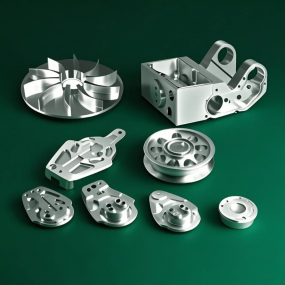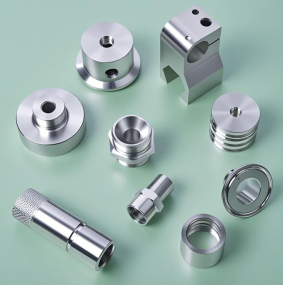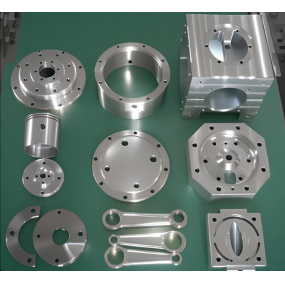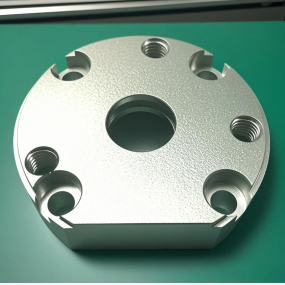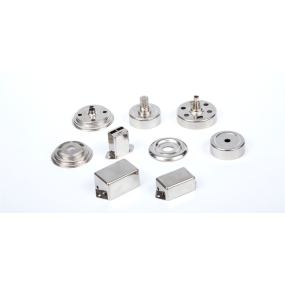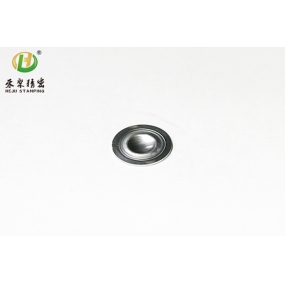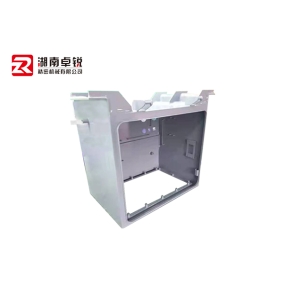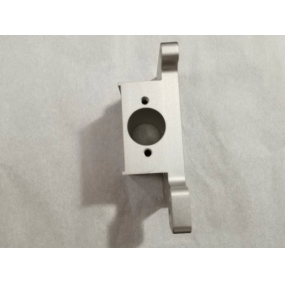Stainless steel Sheet Metal Processing, which is one of the indispensable industries in our daily life. In our life, there are things worth observing and thinking about everywhere. In our life, chimneys, iron drums, oil tanks, oil drums, ventilation pipes, elbows, elbows, etc., are all indispensable things in our life. They are all processed from metal plates and processed into various specifications of metal plates that we need. It has brought many changes to our production and life.
Stainless steel sheet metal processing came into being along with the birth of industrial civilization and has had a huge impact on our lives. The commonly used materials for sheet metal processing are cold-rolled sheet (SPCC), hot-rolled sheet (SHCC), galvanized sheet (SGCC SECC), copper (CU) brass, copper, beryllium copper, aluminum profiles, stainless steel (mirror, brushed surface, matte surface). According to the different functions of the product, choose different materials, generally consider the use and cost of the product. The process characteristics of stainless steel sheet metal processing are thin steel, so the quality is lighter. Sheet metal is processed by cold processing process, so it is relatively strong and hard. In addition, sheet metal belongs to steel, which can pass current and has good electrical conductivity. Compared with other steel processing methods, the cost performance is very good.
Stainless steel sheet metal processing is widely used, which can be used to make precision parts of electronic appliances, help the field of communication, and produce car shells and bodies for automobile manufacturing processes. In addition, it is also used to make medical apparatus. In short, stainless steel sheet metal processing has a very wide range of applications, bringing a lot of convenience to our production and life.
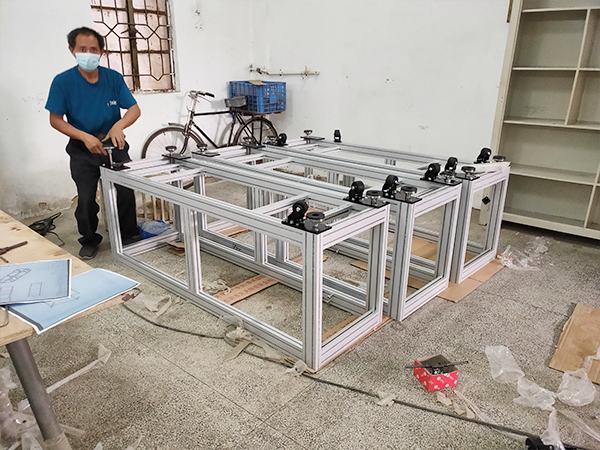 Stainless steel sheet metal processing
Stainless steel sheet metal processing
Stainless steel sheet metal processing process steps:
Stainless steel sheet metal processing refers to the cutting, bending, grooving and other processing of stainless steel and other metal sheets.
1. After cutting, according to the customer‘s processing requirements, select the next process and enter the corresponding process.
2. Stainless steel sheet metal parts need to be surface treated after bending, riveting and other processing processes. The surface treatment methods of different plates are different. Generally speaking, electroplating is required after the surface processing of cold plates, and it is not necessary to spray twice after electroplating. Other treatments generally use vulcanization treatment and spray coating after treatment. Electroplated plates require surface cleaning, degreasing, spraying and other processes.
3. When bending the stainless steel plate, it is necessary to determine the tool and cutter groove used in bending according to the material and size required by the drawings. The selection of the upper mold is the key to prevent deformation. The selection of the lower mold should be determined according to the thickness of the plate. In order to ensure that the welding is firm, the workpiece needs to be bumped. It is in uniform contact with the plate before power-on welding to ensure that all solder joints are heated consistently.
4. After bending and spraying, the assembly process should be carried out. Before assembly, tear off the protective sticker used for the original spraying to ensure that the threaded holes on the parts will not splash paint or powder. During the whole process, wear gloves to avoid dust sticking to the workpiece. If there is debris or dust on the workpiece, it needs to be blown clean before entering the packaging process.
5. Surface treatment: Surface treatment generally includes phosphating film, galvanizing, chromate, paint, oxidation, etc. Phosphating film is usually used for cold-rolled sheet and electrolytic sheet, suitable for covering a protective film on the surface of the material to avoid oxidation. Another is to enhance the adhesion of paint. Galvanizing generally uses cold-rolled sheet surface treatment; chromate and oxidation are usually used for surface treatment of aluminum sheet and aluminum profile; the choice of specific surface treatment method depends on the requirements of customers.
6. Stainless steel sheet metal processing In this process, care should be taken to protect it from scratches and scratches. The last step. If the workpiece cannot be used due to scratches, it can only be reprocessed, which will waste a lot of materials and increase the cost of materials and labor. Therefore, pay attention to the protection of the processed parts.


 Spanish
Spanish Arabic
Arabic French
French Portuguese
Portuguese Belarusian
Belarusian Japanese
Japanese Russian
Russian Malay
Malay Icelandic
Icelandic Bulgarian
Bulgarian Azerbaijani
Azerbaijani Estonian
Estonian Irish
Irish Polish
Polish Persian
Persian Boolean
Boolean Danish
Danish German
German Filipino
Filipino Finnish
Finnish Korean
Korean Dutch
Dutch Galician
Galician Catalan
Catalan Czech
Czech Croatian
Croatian Latin
Latin Latvian
Latvian Romanian
Romanian Maltese
Maltese Macedonian
Macedonian Norwegian
Norwegian Swedish
Swedish Serbian
Serbian Slovak
Slovak Slovenian
Slovenian Swahili
Swahili Thai
Thai Turkish
Turkish Welsh
Welsh Urdu
Urdu Ukrainian
Ukrainian Greek
Greek Hungarian
Hungarian Italian
Italian Yiddish
Yiddish Indonesian
Indonesian Vietnamese
Vietnamese Haitian Creole
Haitian Creole Spanish Basque
Spanish Basque

